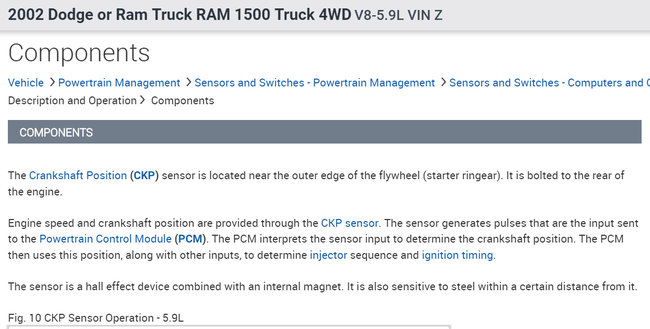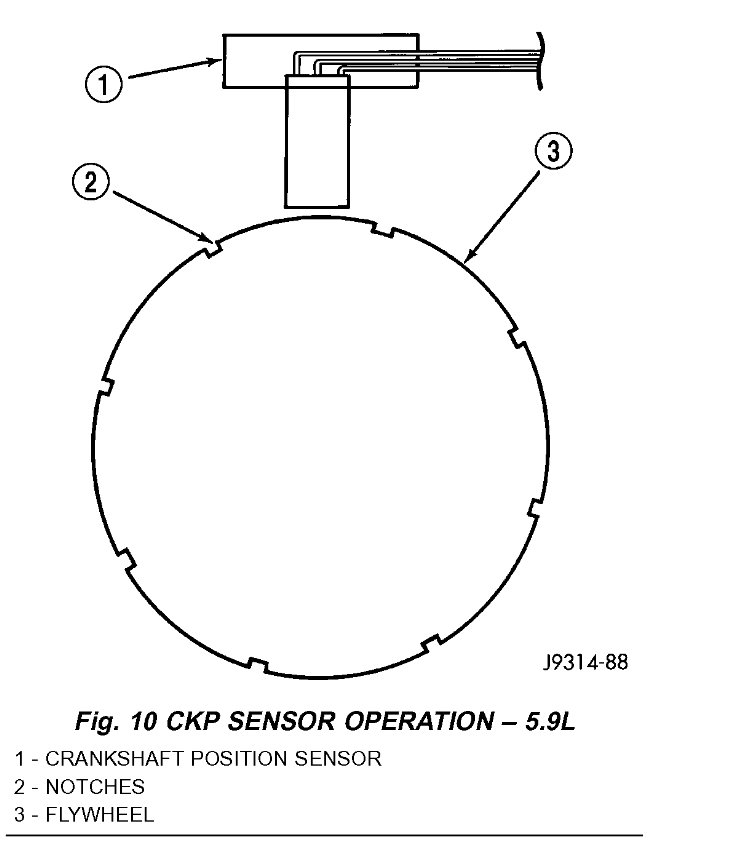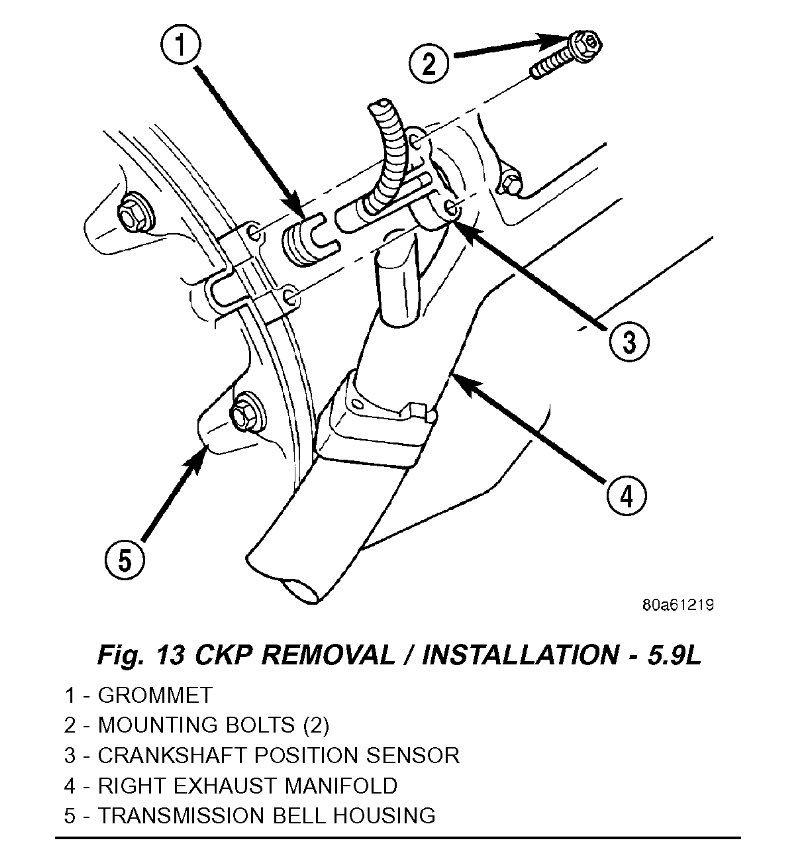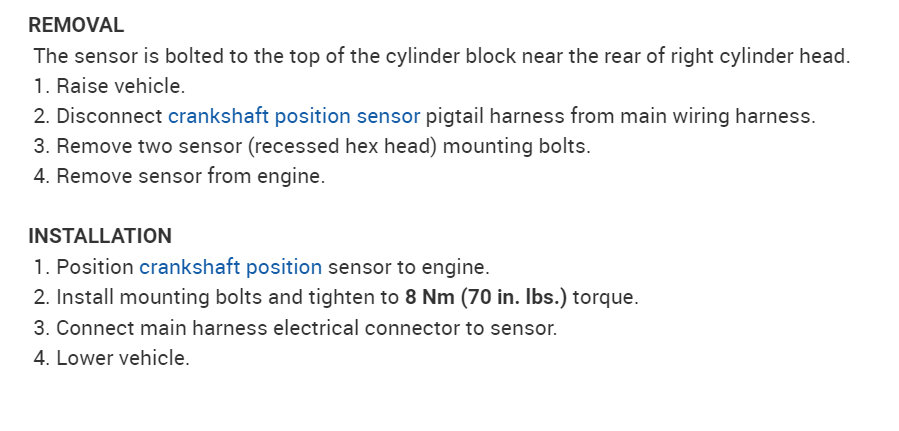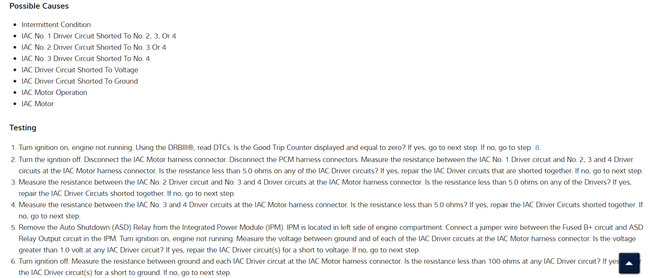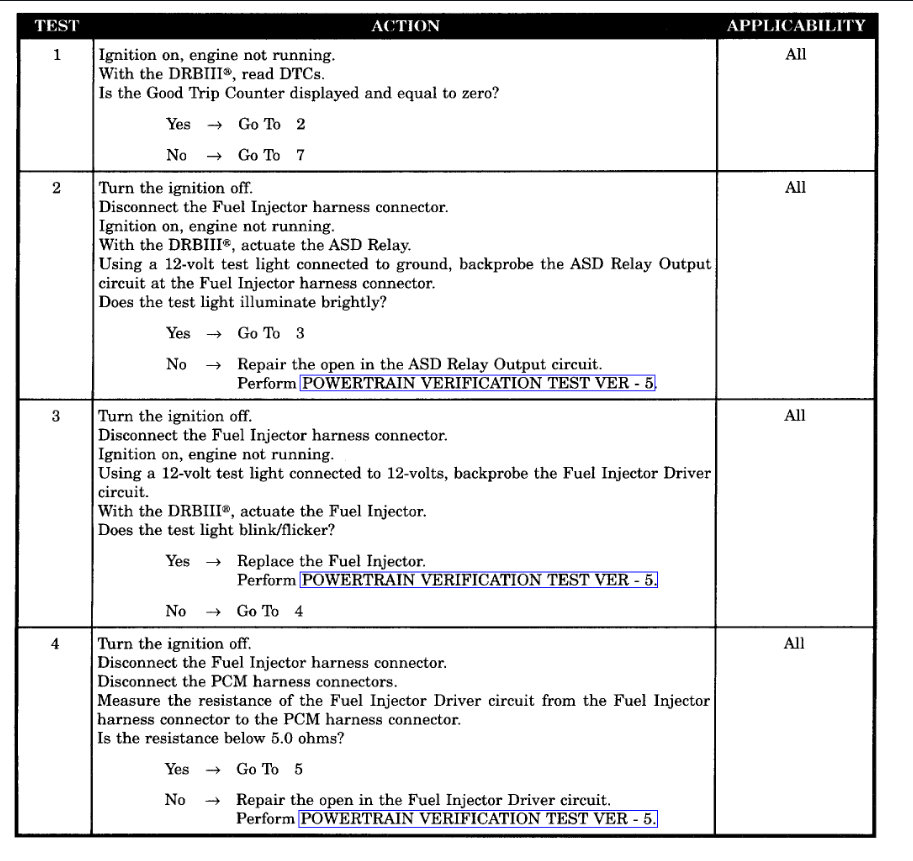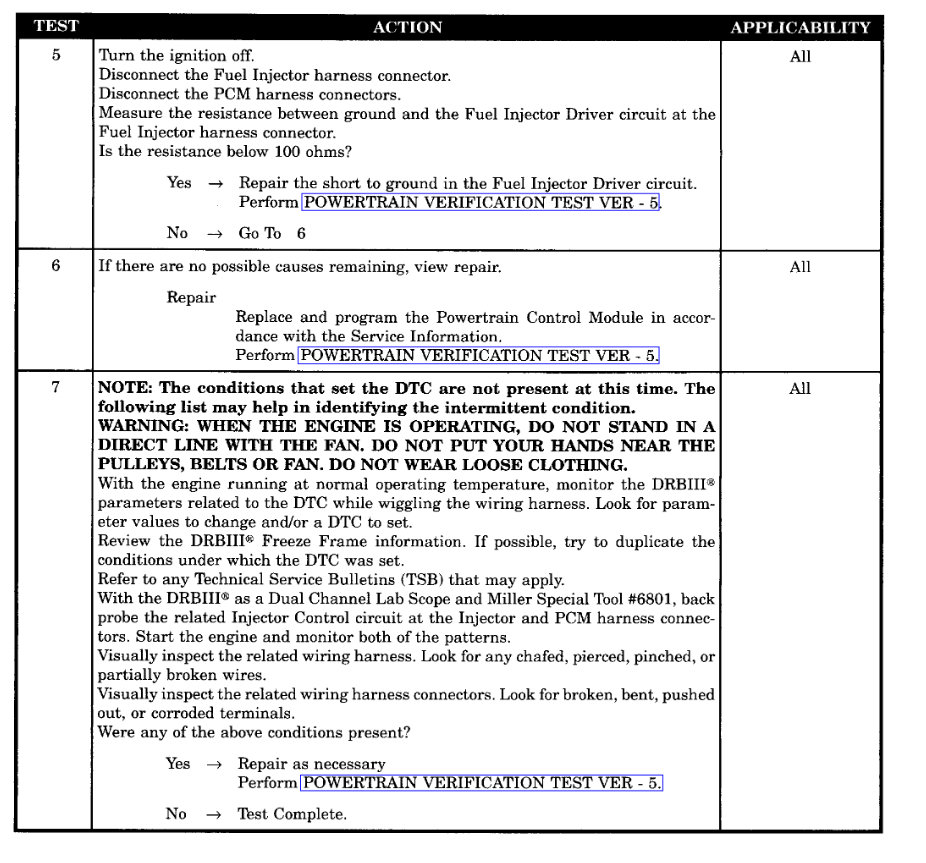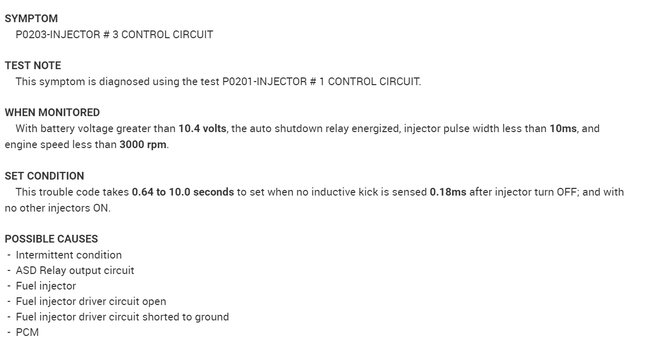Hold on. You're going to add way too many variables that might also require additional troubleshooting. Take a step back for a moment. The engine is able to run, so you're done with the cam and crank sensors. They have to be working. You also verified with the test light that the ASD relay is turning on initially and during cranking. Everything is working up to that point.
Now, that doesn't mean the sensors can be overlooked completely. The crank sensor in particular is noted on all car brands for being intermittent, especially by becoming heat-sensitive. It is common for the engine to run fine until you stop for a short time, such as when stopping for gas, then the engine will not restart. During "hot soak", heat from the engine migrates up to the sensors causing them to fail, then they will work again after cooling down for about an hour. Given your initial description of the symptoms, keep this in mind if they start to occur again.
You misunderstood my procedure for using the test light in the ASD circuit. That has nothing to do with the spark plug wires. The pulse occurs much too briefly to make the test light's filament light up, and there's a good chance the bulb will burn out from being hit with 15,000 to 30,000 volts. The newer electronic test lights usually can't tolerate more than 50 - 100 volts without being destroyed.
Testing to see if the ASD relay is turning on can be done at numerous places. All of those places will have the same color wire. On most cars and light trucks that is a dark green / orange wire, but to know for sure, just look for the wire that is the same color at the ignition coil or coil pack, and any injector. Even if you try to use the wrong wire, you'll still find something close to 12 volts, but don't try that with a digital voltmeter. They respond too slowly, and they will be seriously confused by the pulsing voltages.
That same 12 volts can be measured with much more difficulty at any oxygen sensor heater wire, and on the two smaller field terminals on the back of the alternator. Only one gets 12 volts on the alternator, but until the engine is running, you can use the other terminal too. This is especially good to know because the two wires go through a black plastic block, so you can't know which wire goes to which terminal. If you use the wrong terminal, you'll still find close to 12 volts there if the ASD relay is turning on, as that voltage has to come from the other terminal, and through the field winding.
If you're going to spend lots of money on random parts to try, it would be a much better investment to buy a good used scanner so you can see what the Engine Computer is seeing in relation to those sensor signals. I have a Chrysler DRB3 for all of my vehicles. You can find these on eBay, and, with an extra plug-in card, these will do emissions-related work on all brands of cars sold in the U.S. Starting with '96 models, so a lot of independent shops bought them. The first year they became obsolete was on the '04 Dakota and Durango, and the last year they worked was on some '08 Jeep models. Because of that, many of these shop owners want to sell theirs to buy something newer, so it might pay to ask around at the local shops. Ask the guys who drive the tool trucks around town too. Any mechanic at any dealership can tell you when they come to their shop, usually once a week.
The DRB3 lists the cam and crank sensors with a "No" or "Present" to indicate if their signals are showing up during cranking. For intermittent stalling or back firing problems, you can watch the state of these signals during a test-drive to see if either one drops out momentarily. This scanner also has "record" capabilities. You press the "record" button when the problem occurs. Because the data passes through the scanner's memory, the recording actually starts a couple of seconds before you pressed the button. Later, you can play that back slowly and watch for what changed or if a sensor signal dropped out.
Another good scanner for this type of problem is the Snapon Solus Edge. The problem with these is they really get you on the cost of annual updates, and you can't skip any years. If you find one on eBay that is only updated through, say 2014, that is fine for your truck, but for a shop to be able to use it on customer cars, they would have to buy the 2015 update before they could buy the 2016 update, then the 2017 update, and the 2018 update. The cost of those updates exceeds the cost of a new scanner, so those that aren't already updated lose their value very quickly and become a really good deal for you. Some of these sell for less than $800.00.
I can't stress enough that all of the injectors did not fail at the same time, and I have never come across a bad one in a Chrysler product since I started at the dealership in the early '90s. By replacing them as a test, you run the risk of cutting an o-ring, breaking the fuel rail, or not getting the o-rings seated properly. If they got plugged with gunk, you have much bigger problems as that is not all that is going to be contaminated. The biggest culprit is mold growing in the fuel tank. It feeds on the ethanol in today's gas. That mold, along with other microscopic debris, will plug the pick-up screen on the bottom of the fuel pump housing, then the symptom will be stalling when the largest volume of fuel is being pumped, which is during coasting down from highway speed. Most people attack the fuel filter for that, but other than with diesel engines, you will never solve a running problem on a Chrysler product by replacing the fuel filter. They often last the life of the vehicle unless they rust out and start to leak. That plugged sock on the fuel pump's housing, on the other hand, is not that uncommon.
The biggest thing I saw in your last reply is the engine runs if you hold the accelerator pedal down a little. That is extremely common on all Chrysler products and has such a simple fix, most people aren't even aware it is taking place. This occurs when the battery is disconnected or run dead. The Engine Computer loses its memory. As soon as you reconnect the battery and start the engine, all of the sensor data and fuel trim numbers start to be rebuilt without you even noticing, except for "minimum throttle". The computer needs to know your foot is off the accelerator pedal, then it takes a reading from the throttle position sensor and puts that in memory. From then on, anytime it sees that same voltage, it knows it must be in control of idle speed. Until that takes place, the engine may not start unless you hold the accelerator pedal down 1/4", you won't get the nice idle flare-up to 1500 rpm at start-up, and it will tend to stall at stop signs. I often kill the battery in my minivan by running a power inverter to run my laptop. I carry a jumper pack with me, and every time I use it, I have to hold the accelerator pedal down to get the engine started, and I have to initiate the relearn of minimum throttle while driving home. Here's the procedure to make that take place:
Drive at highway speed with the engine warmed up, then coast for at least seven seconds without touching the pedals.
The battery doesn't have to be totally dead for the computer to lose its memory. Trying to crank the engine with a run-down battery can draw its voltage down low enough to cause the computer's memory loss.
Related to the low idle speed and other symptoms, you mentioned the automatic idle speed motor. That motor has an uncommonly low failure rate and rarely needs to be replaced. You can test its operation with the DRB3 by commanding the Engine Computer to run idle speed up to 2000 rpm, in 200 rpm increments. Failure to respond can be caused by minimum throttle hasn't been relearned yet, a wiring problem associated with the AIS motor, or the air passage around the throttle blade it controls is plugged with carbon. Wiring problems will be detected by the computer, and you will know it by the diagnostic fault code it set. Carbon problems occurred mostly on the 3.0L engines many years ago, but we don't see that any more with the better additives today in even the cheapest gas.
The scanner will also show the "AIS steps" the computer has placed the motor at. It can pulse it to one of 256 positions. As the armature turns slowly, it rotates a threaded rod with a pintle valve on the end. As the number of steps increase, that valve opens up a little more to let more air get passed the throttle valve. At the same time it pulses the injectors on for more milliseconds to add more fuel to go with that extra air. That's how it increases idle speed. With a properly-running engine, a typical AIS value is step 32. With one misfiring cylinder on a V-6 or V-8 engine, around step 50 is typical. If you find it is at step 0, minimum throttle hasn't been relearned yet.
Tuesday, February 19th, 2019 AT 5:07 PM
